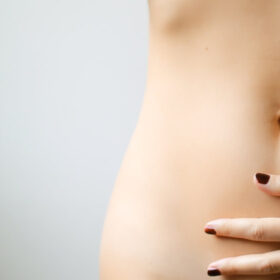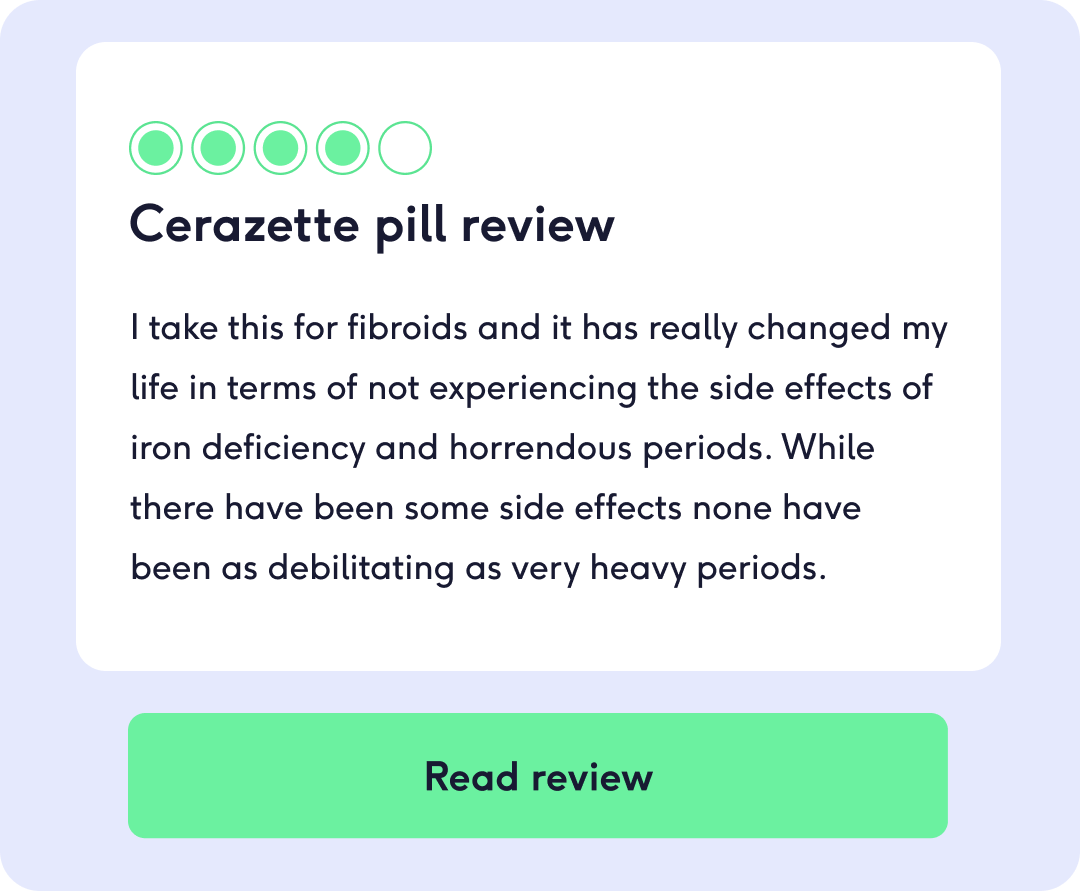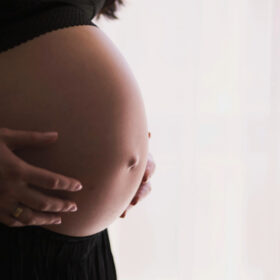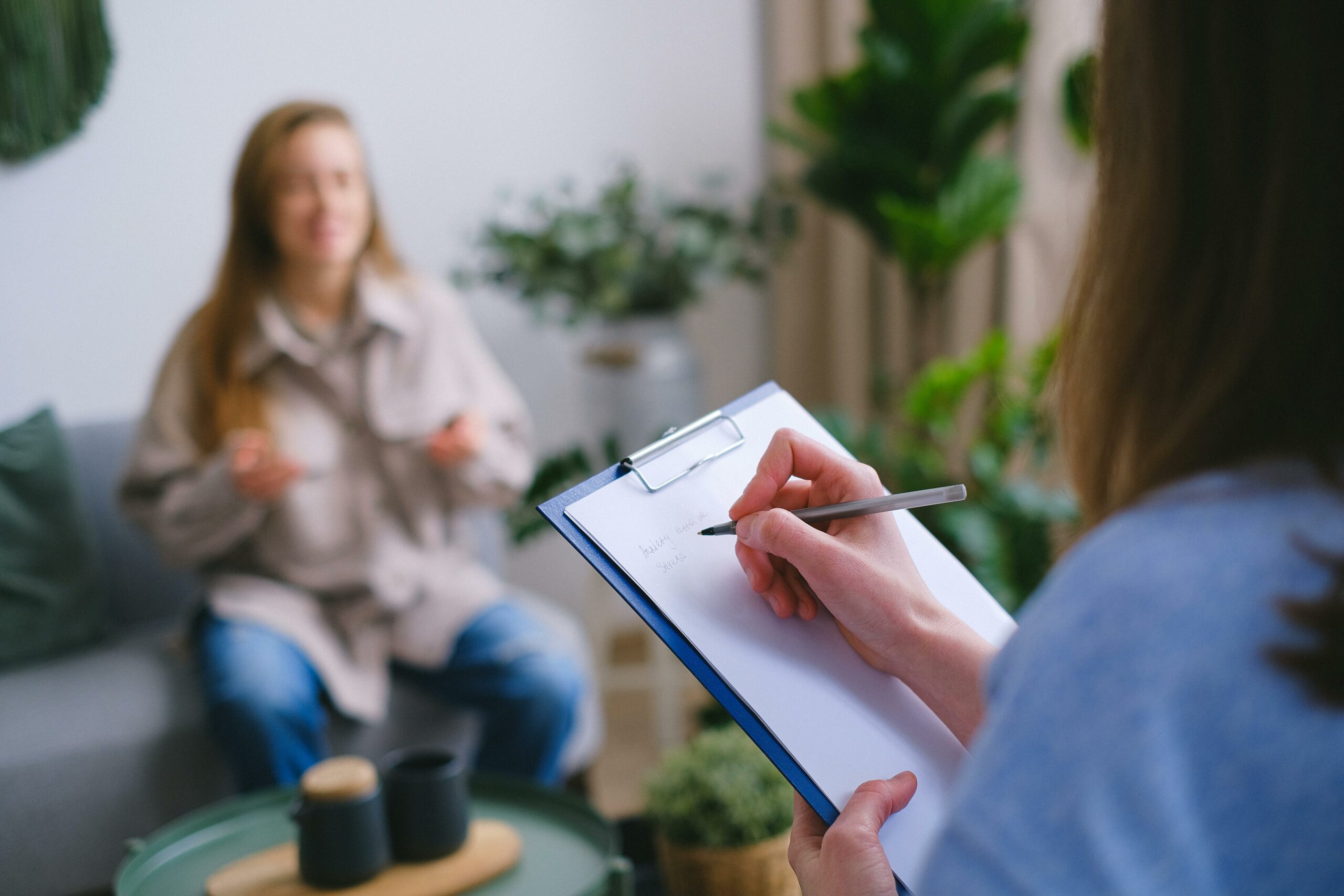
What are fibroids?
In this article
What's the lowdown?
Fibroids are non-cancerous tumours that grow from the walls of the uterus
Symptoms can vary depending on the size and location of the fibroids
There are 4 different types of fibroids
It is more common to develop fibroids during your reproductive years
Fibroids can shrink during menopause due to the decline of oestrogen in the body
What are fibroids?
70% of women1 develop fibroids at some point in their life.
Fibroids are essentially tumours that grow from the muscular and connective tissue of the womb. The word tumour sounds scary but do not worry, fibroids are classed as non-cancerous growths2 and they also do not increase your risk of cancer3. To reassure you more, over 99% of fibroids are benign3 !
You might hear your doctor referring to fibroids as leiomyomas or uterine myomas. They can grow to varying sizes and you may have just 1 or several in your uterus.
There are 4 main types of fibroids4:
- Intramural
- Submucosal
- Subserosal
- Pedunculated
Yes, we know these are complicated words, but if you are interested in learning more about the differences, head on over to our article on the types of fibroids.
So now you know what are they, let’s dig deeper into the causes and symptoms of fibroids.
What causes fibroids? Am I at risk of fibroids?
As with most conditions in medicine, the specific reason fibroids grow is not exactly known but we do believe there is a link with our mighty hormone oestrogen2,3.
The abnormal muscle cells growing from the uterus are oestrogen dependent so when they are in contact with oestrogen, these cells multiply further5. When our oestrogen levels are at their highest, the risk of developing fibroids is the highest. This is why fibroids are more common in individuals of reproductive age (16-50 years old). After menopause, as our oestrogen levels decline, usually so does the size of the fibroids6.
Genetics can also play a role in increasing your risk of fibroids. If your mother had fibroids7, you are more likely to have fibroids.
Did you know, soybeans are high in oestrogen? Some preliminary research has found a link between eating more soy products with fibroids. With this century’s shift towards alternative milk, we might need more research into this area8….
How do I know if I have fibroids?
Unlike some other gynaecological conditions, fibroids can be easily picked up on a pelvic exam or ultrasound scan of the uterus.
Fibroids present typically with:
- Menorrhagia (heavy periods)
- Abdominal pain and lower back pain (if they’re large, fibroids can press on surrounding organs in the abdomen causing this pain)
- Feeling the need to pass urine more (if the fibroid is large, it can put pressure on the bladder)
- Dizziness/tiredness (due to losing more blood during your period)
- Bleeding between your periods (known to doctors as intermenstrual bleeding)
- Infertility (in rare cases, if the fibroids are too large, the uterus cannot support a growing pregnancy)
There is no specific set of symptoms you might experience with fibroids, your experience is totally unique, but the ones listed above are common. The severity of symptoms differs between individuals depending on the size of the fibroids and where they are. Fibroids can grow very large and start impacting the quality of your life. It is important to remember that if you are suffering from these symptoms, to be gentle with yourself and seek help.
If these symptoms resonate with you and your period struggles, skip the long waiting lines and reach out to one of our women’s health GPs today. We are a safe space to talk through your experiences. There are treatment options available, and you do not have to tolerate these symptoms.
What treatments are there for fibroids?
Some people might not have any symptoms with their fibroids so don’t actually need any treatment. Keep an eye on your health, if you notice fibroid symptoms developing, arrange another meeting with your doctor.
Treatment can be divided into9:
- Medical
- Hormonal
- Surgical procedures
- Non-surgical procedures
Treatments should be tailored to the symptoms you experience, the size of your fibroids and what part of life you are in.
Medical treatments include tranexamic acid, like Evana, or mefenamic acid, are oral medications that reduce heavy bleeding, usually the commonest symptom of fibroids. If you are not keen on hormones or contraception, these options could suit you.
If you are looking at contraceptives, they can also double up as a treatment for fibroids. Contraceptives thin the lining of the uterus which also lightens periods. Options include the hormonal coil (Mirena, Levosert or Benilexa), implant (Nexplanon), injection (Depo-Provera or Sayana Press) or the contraceptive pill (combined and progestogen-only). Sometimes, the hormonal coil needs to be inserted by a gynaecologist if your fibroids are large. Not all contraceptives will suit everyone equally, some users have noticed an improvement in their fibroid symptoms while others report it has only helped their situation a bit. Our contraception reviews have been designed specifically for this reason, to give you more information so you can make an informed decision about your health.

Sometimes these options might not be helping enough, so your GP will likely refer you to a specialist. They may offer you other medications; gonadotrophin-releasing hormone analogues (GnRHas) or ulipristal acetate which reduces the size of the fibroids and therefore the bleeding flow. Reducing the size of the fibroids can also reduce any pressure symptoms like back pain or frequent urination. These medications are only prescribed in short courses or before surgery to shrink the fibroids.
Surgery is usually a last-line option for failed oral/hormonal treatments, large fibroids or severe symptoms. Surgery can either remove the fibroid itself (myomectomy) or the uterus as a whole (hysterectomy). With the advancements in medicine, we have also developed non-surgical procedures. These involve blocking the blood supply to the fibroids to shrink them (uterine artery embolism) or removing the lining of the uterus (endometrial ablation).
We understand this is a lot of information to take in all at once. The good thing is that your doctor will take you through the various treatment options, accounting for your personal preferences and what is suitable for your fibroids. However, if you feel at any point that you are not being listened to you can take some time to do your research before making a decision.
Could it be something else?
Gynaecological conditions do overlap in symptoms so you might be scratching your head wondering if it could be something other than fibroids.
Fibroids vs polyps
Fibroids and polyps are both uterine growths, but it is made up of different tissue types. Fibroids are made of muscular and connective tissue while polyps are made from the womb lining (think the lining that sheds during our period). Polyps are usually benign but can progress to pre-cancer or cancer. They remain small in size and rarely grow larger than a few centimetres. This is why polyps are generally removed and tested to reduce the risk of any progression to a cancer. Polyps can present also with heavy menstrual bleeding, bleeding between periods and infertility. Just like fibroids, polyps can be easily picked up on ultrasound scans10.
Fibroids vs Endometriosis
Fibroids and endometriosis have different causes but they do overlap in symptoms. Fibroids are benign growths of the uterine muscle wall while endometriosis is a condition whereby endometrial-like cells are also found outside the uterus (eg. ovaries, fallopian tube and bowel). Fibroids and endometriosis both can be associated with heavy periods, abdominal and back pain and infertility. If you resonate with the symptoms of endometriosis, many of our users have openly shared their lived experiences to spread awareness of the condition – have a read and see whether you think it describes you too.
Thank you for joining us on this whistle-stop tour of fibroids. We will be diving deeper into the types of fibroids, symptoms, treatment options and effects on pregnancy.
Our medical review process
This article has been medically reviewed for factual and up to date information by a Lowdown doctor.





